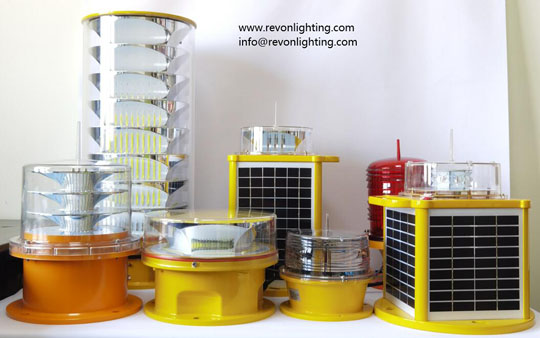ICAO obstruction lights are critical components of aviation safety systems, designed to warn pilots about potential hazards in their flight path. These lights, also known as aviation warning lights, are required by the International Civil Aviation Organization (ICAO) for any tall structure that could pose a risk to aircraft, such as towers, chimneys, and buildings.
The primary purpose of ICAO obstruction lights is to increase the visibility of tall structures during nighttime and low visibility conditions. These lights emit a steady or flashing signal of high intensity, which can be seen from miles away by pilots flying at higher altitudes. The color of the light varies depending on the height of the structure, with red being used for structures over 150 meters, and white for those below 150 meters.
Apart from increasing the visibility of structures, ICAO obstruction lights also help to prevent collisions by indicating the presence of obstacles in the flight path. This is especially important for aircraft that operate at lower altitudes, such as helicopters and small planes, which may not have sophisticated navigation systems. In addition, these lights are also useful for air traffic controllers in identifying the position of tall structures and guiding pilots accordingly.
It is worth noting that the installation and maintenance of ICAO obstruction lights are subject to strict regulations and standards. These regulations specify the type, location, and intensity of lights required based on the height and location of the structure. For instance, structures located near airports may require more powerful lights to ensure that they are visible even in adverse weather conditions.

In conclusion, ICAO obstruction lights play a crucial role in aviation safety by increasing the visibility of tall structures and preventing collisions. They are an essential component of the aviation infrastructure and are required by law in most countries. Furthermore, the use of these lights is subject to strict regulations and standards to ensure consistent and reliable performance. As such, it is important for property owners and aviation authorities to understand their importance and comply with the regulations for the safety of air travel.